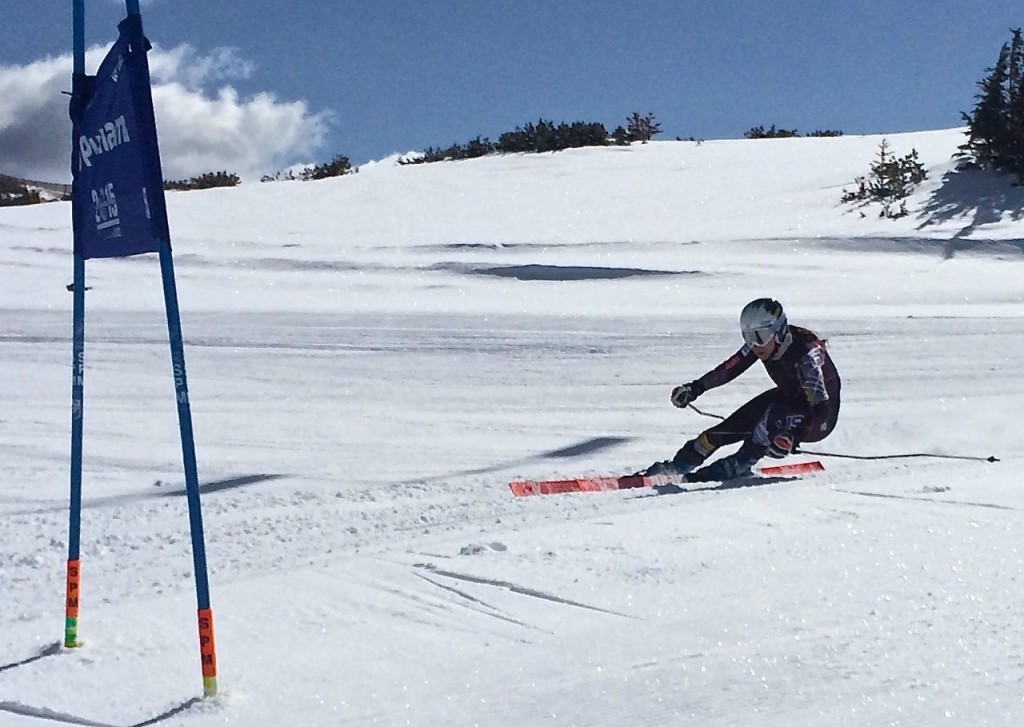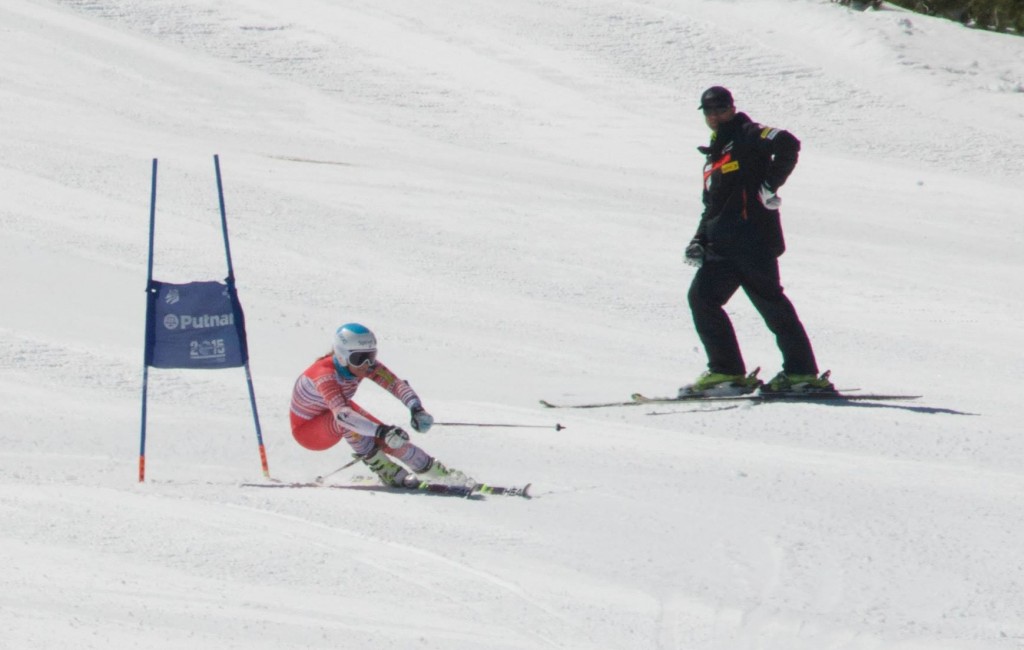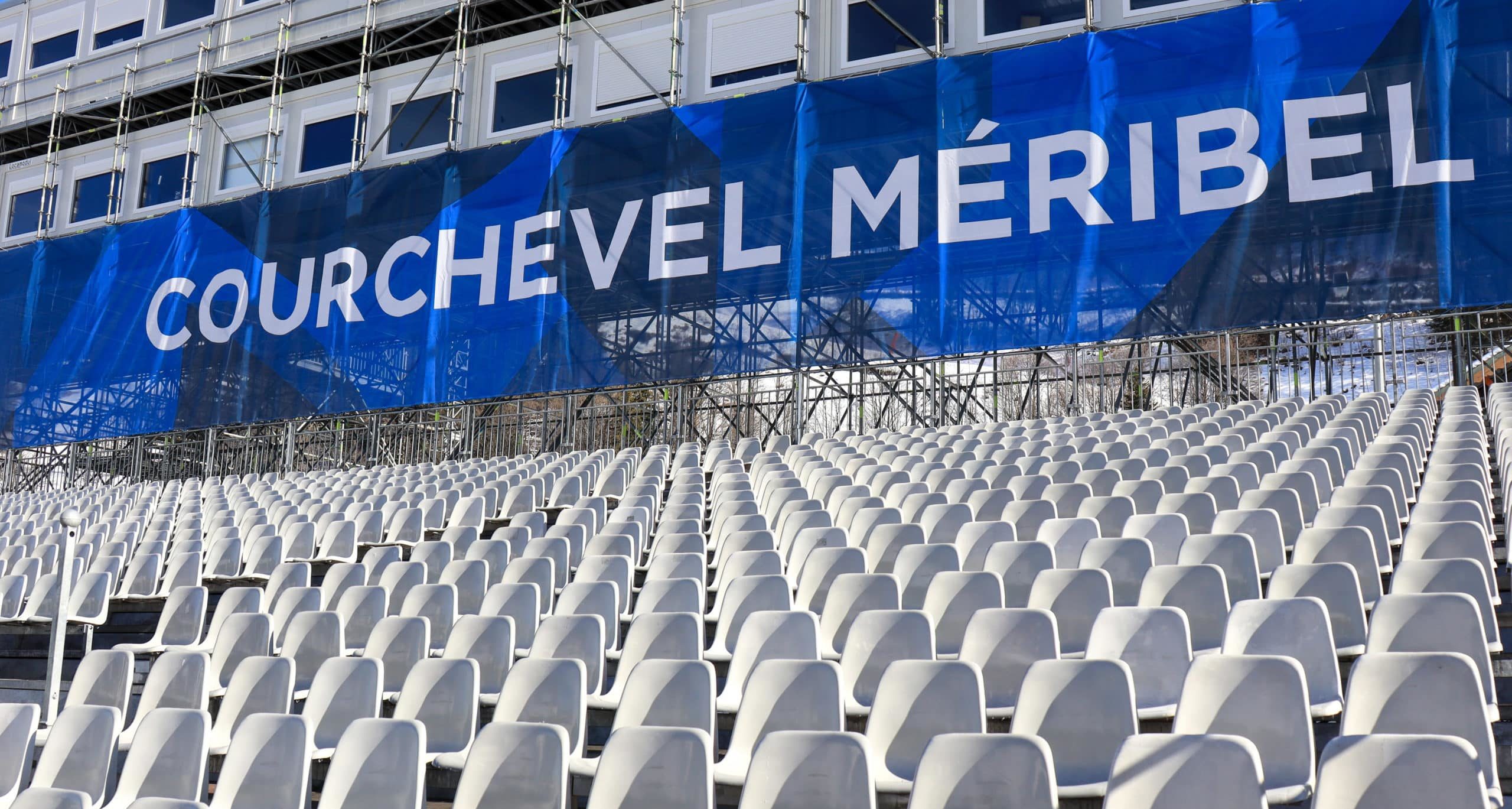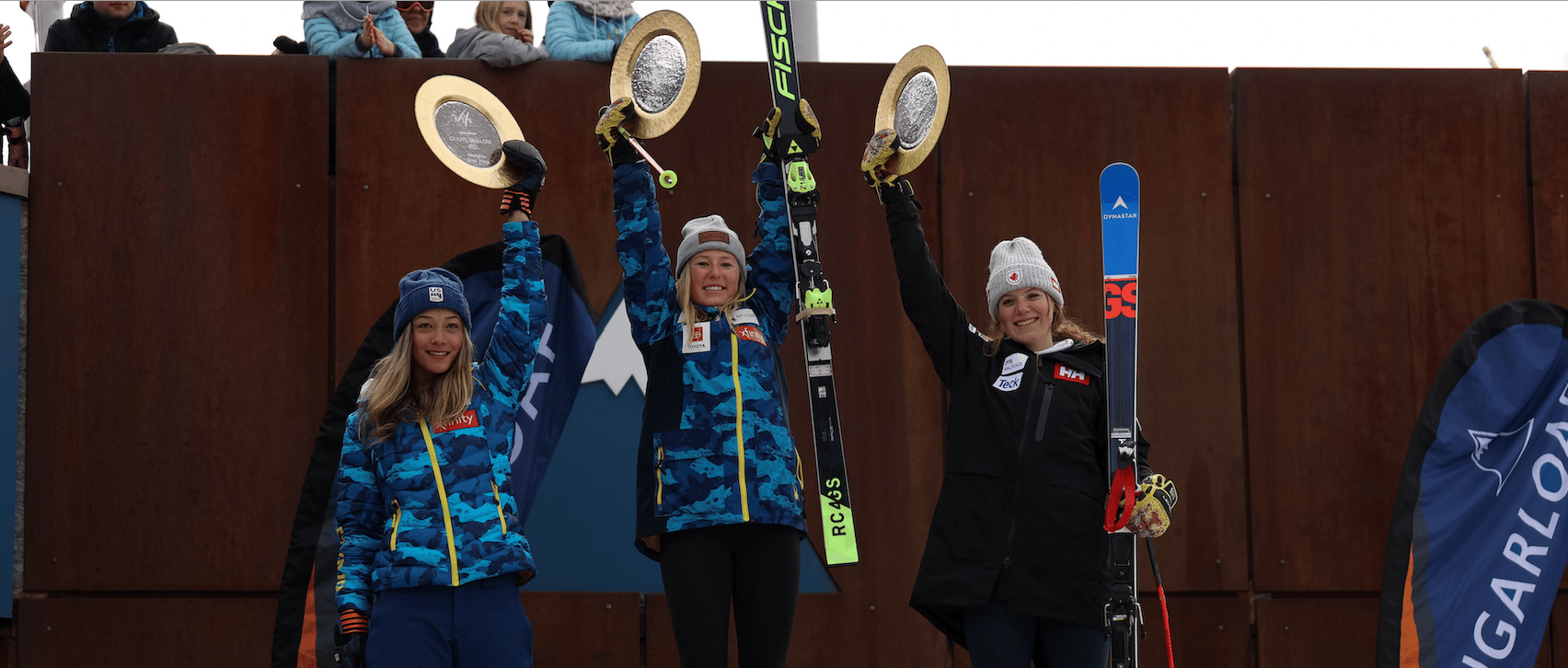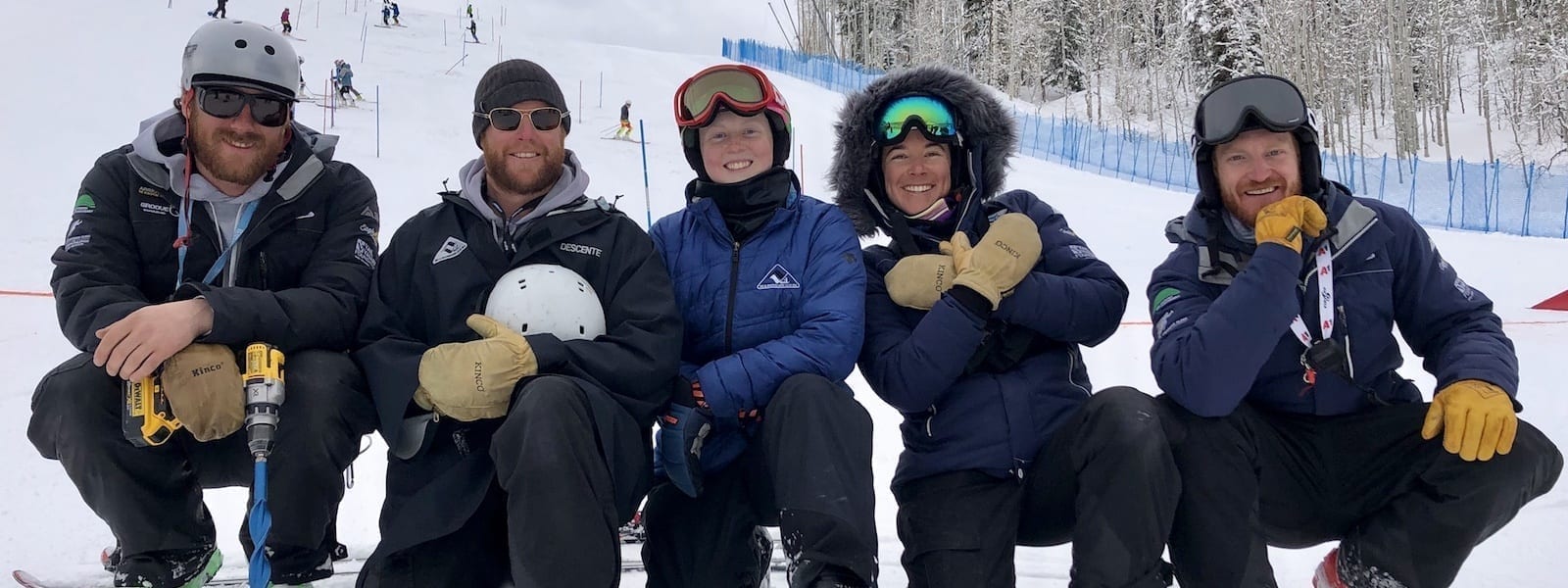First camp for new US women’s speed coach includes technical work
The first camp under the direction of new U.S. Ski Team women’s head speed coach Stefan ‘Stef’ Abplanalp finished today at Mammoth Mountain, Calif., and the athletes and staff had an opportunity to set the tone for next season.
Abplanalp said the objective of the camp was “to analyze what was good and what is good, so we can extend that. Some basic things, yes, we need to change or adapt to make progress … to find the dialogue with the athletes and get the language on the same level.” He had the opportunity to work work Julia Mancuso and Stacey Cook for a week before the rest of the team arrived, including Jackie Wiles, Leanne Smith, Laurenne Ross, Katie Ryan, Anna Marno, and Abby Ghent.
“I found the team pretty open and really keen to work hard, and all of them bring good skills. The goal for me was just to get an overview and a picture, to see where they are. … I have to say, there is super motivation there and good spirit,” Abplanalp said. “I think it’s also good to have this mix between the experienced athletes and now also the younger ones like Jackie [Wiles]. That’s very healthy for a team.”
With Mancuso, he focused on small, basic changes which he felt she adopted into her skiing very quickly. “If you make skiing simple, she can implement that very fast with a really good progression. She works really hard at those types of things.”
PSIA Alpine Team leader and USSA development skills coach Michael Rogan also worked in with the group to lend his expertise and consult with Abplanalp on technical matters.
“It’s good because I didn’t know Mike Rogan before, but I met him at the meetings in Park City and had a talk with him there. I think it is good to involve also the ski instructor side to make this bridge between coaching and education in the USSA,” noted Abplanalp. “One reason I wanted him to come here was to really make sure we talk the same language to learn about the technical culture in the U.S.”
Abplanalp identified individual needs for the athletes at the camp and Rogan was available to work with them on specific drills to target core movements. Despite the fact that the camp was directed by the speed coach, the athletes said they actually trained more giant slalom and did more technical skiing than in the past.
“It’s been a long time since I’ve run this much GS, but it’s been good,” said Cook. “I was able to get in some super G with Julia before she headed out, and I’ve also been working a ton with Mike Rogan and that’s been great. It’s the third year we’ve worked with him, and he’s really starting to know and understand our skiing.”
Abplanalp’s hope for his first camp with the team was to complete individual work on technical fundamentals and improvement of the movement patterns while also dialing in equipment so the athletes are completely prepared in time for training in New Zealand this summer.
“Our main focus on the technical side was the top of the turn … initiation, that they really get the pressure into the turn,” he remarked. “When you really feel safe and then you feel the pressure at the top of the turn, then you really dive in. To get that, we need a lot of runs and repetition. That was good to bring them back on GS skis and slalom skis, then you can repeat all the movements more than when you just ski down on the speed skis.”
Cook believes that Abplanalp has taken control of the group, which to some extent failed to meet many of its goals last year, in a positive and individualized manner.
“We’ve also been doing a lot of one-on-one time with all the coaches. It’s something Stef has high on his value chart, and it’s been huge in working on our communication. When he worked with Norway, they had a really small team and he found success in building strong personal relationships with each of the athletes and now we’re doing that with all of our coaches. It’s helped the other coaches re-evaluate our skiing and take a completely new path – especially when most of us are coming off a year were we didn’t achieve our goals,” reflected Cook.
It was Abplanalp’s first time at Mammoth, but he found the venue well suited to the work he had in mind for the athletes, and the team was able to utilize the varied terrain and changing conditions to its advantage throughout the week.
“Mammoth was really helpful here,” he said. “It is my first time here, and it was a really good work relationship from the beginning. The whole environment here in Mammoth was a perfect site to achieve all the goals that we have.”
The athletes now move into a conditioning block with time spent training together as a group at the Center of Excellence in Park City, Utah.
